|
Étaples Military Cemetery is the largest commonwealth cemetery in France and contains 10,771 burials from World War One and 119 from World War Two. Architect Sir Edwin Lutyens.
0 Comments
Menen German War Cemetery is a military cemetery in the Belgian town of Menen and partly in Wevelgem. There were nearly 48,000 German soldiers buried here from the First World War, making it the largest in Flanders.
Passchendaele New British Cemetery was made after the Armistice when graves were brought in from the battlefields of Passchendaele and Langemarck. Almost all of the burials are from the autumn of 1917. Architect Charles Holden.
Prowse Point Military Cemetery in Belgium is unique on the Salient for being named after an individual, namely Brigadier-General C.B. Prowse, D. S. O. He was killed on the first day of the Battle of the Somme and is buried in Louvencourt Military Cemetery
Eterpigny British Cemetery was begun by the 4th and 1st Divisions and was used from the end of August 1918, to the middle of October. One grave was brought in after the Armistice. Casualty Details: UK 54, Canada 12, Total Burials: 66. Architect William Harrison Cowlishaw.
London Rifle Brigade Cemetery was begun by units of the 4th Division in December 1914, and used by fighting units and field ambulances until March 1918; some German burials were made in April and May. The cemetery owes its name to the 22 burials of the London Rifle Brigade (which then belonged to the 4th Division) in Plot III, made in January, February and March 1915. Architect Charles Holden.
Lijssenthoek Military Cemetery is the second largest commonwealth cemetery in Belgium containing 10,785 burials. Architect Sir Reginald Blomfield.
Ramparts Cemetery lies within the town of Ieper itself, 1 Km south of Ieper Market Square.
The cemetery was begun by French troops in November 1914 and used by Commonwealth units at intervals from February 1915 to April 1918. Architect Sir Reginald Blomfield. Poperinghe New Military Cemetery in Belgium contains 17 Commonwealth servicemen who were "Shot at Dawn" during 1916 to 1917. Architect Sir Reginald Blomfield.
Larch Wood (Railway Cutting) Cemetery was begun in April 1915 at the North-end of a small plantation of larches. It was used by troops holding this sector, particularly the 46th (North Midland) Division and the 1st Dorsets, until April 1918. Architect Sir Edwin Lutyens
|
Visit our World War Two Blog. Archives
September 2019
Categories |
World War Two Cemeteries
Please ask permission if you wish to use any of our images by using the contact tab above
© COPYRIGHT TERENCE HEARD AND BRENT WHITTAM
2005-2024 ALL RIGHTS RESERVED.
Disclaimer
The casualty numbers for each cemetery and G. P. S. Coordinates are taken from the C. W. G. C. site. We are aware that there can be discrepancies in the burial numbers quoted due to rededication burials.

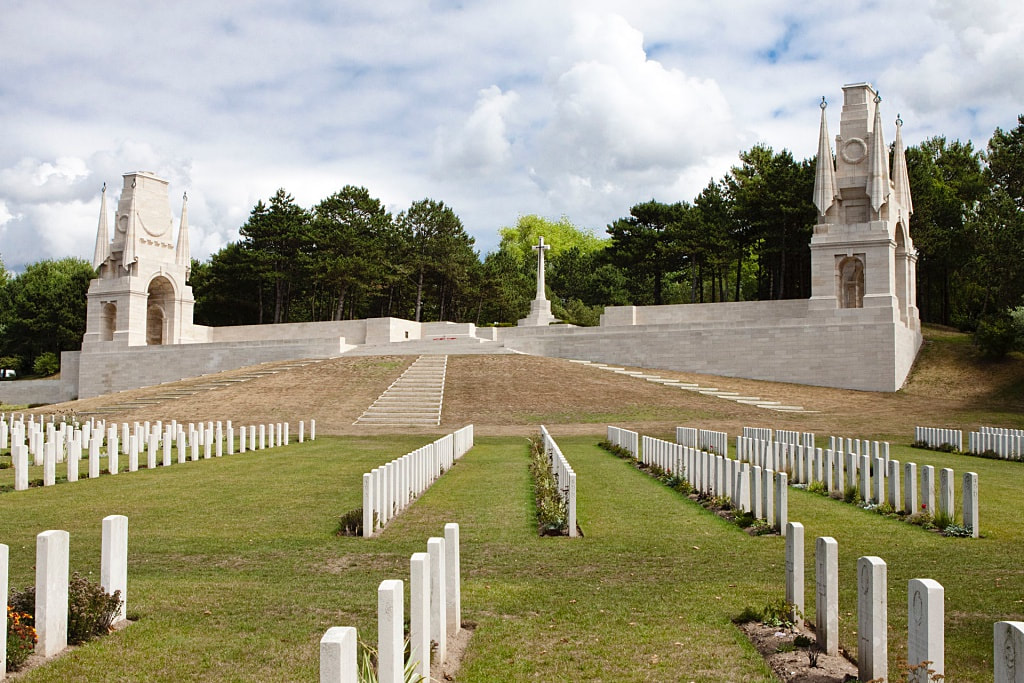



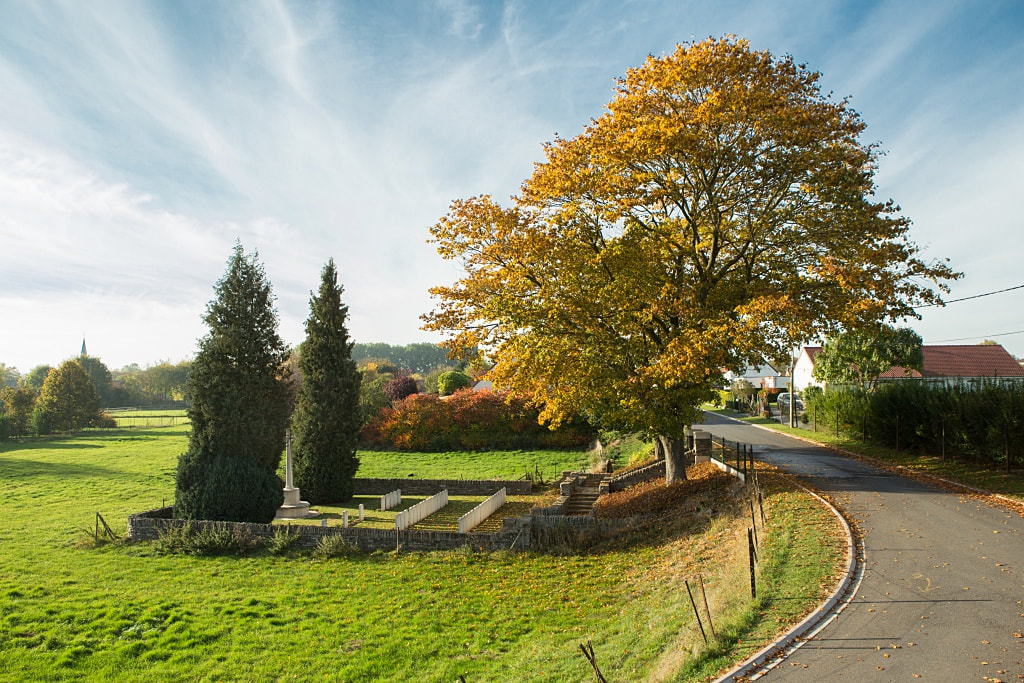

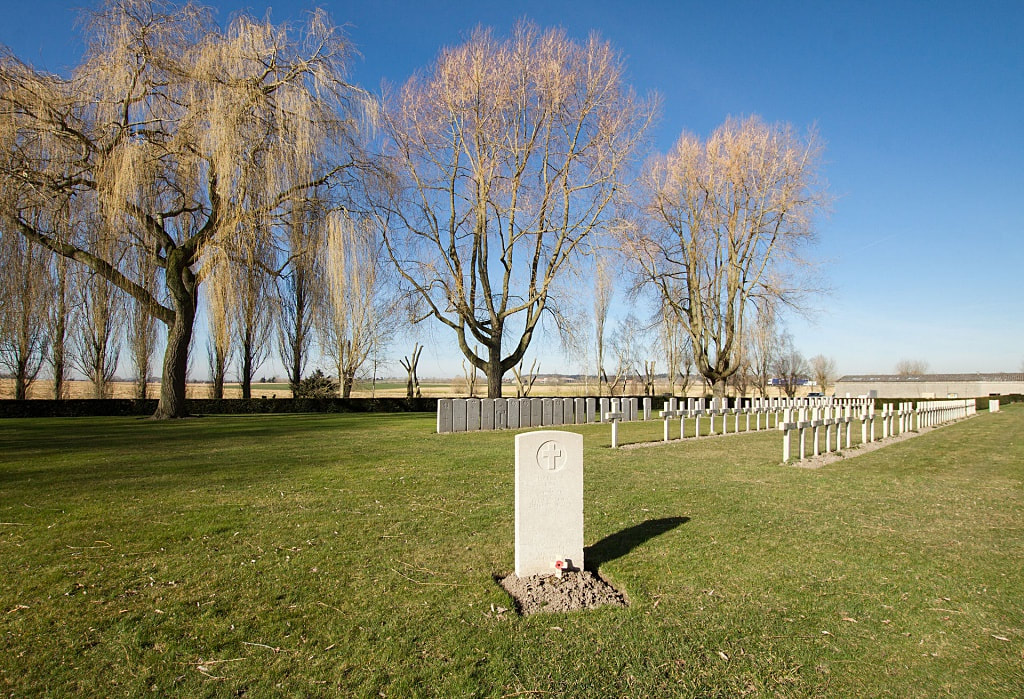
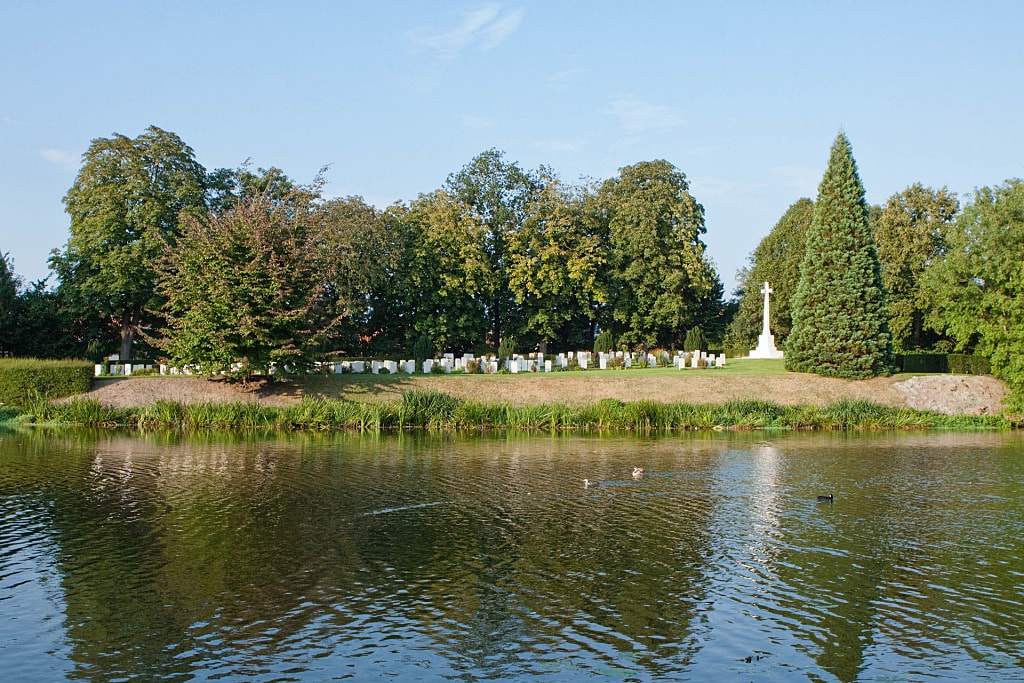
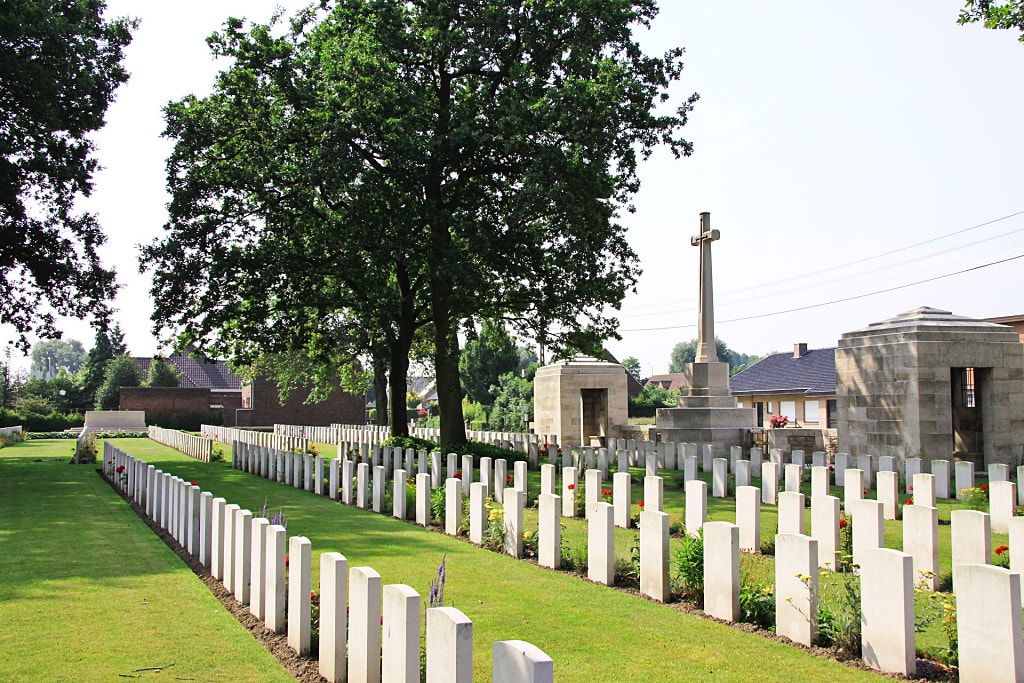

 RSS Feed
RSS Feed



